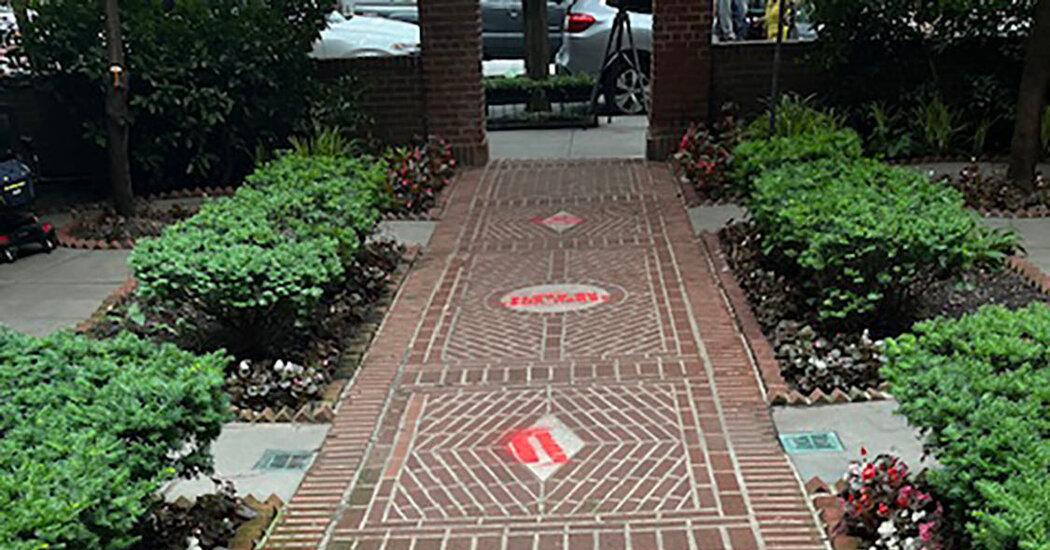These have become increasingly ambitious if not altogether unachievable goals for those in the business of upholding the country’s liberal humanist traditions. From this vantage, it is all too easy to imagine a crisis of talent supply in the coming years, if not tomorrow — a pool diminishing to nonexistence of those inspired to govern academic and cultural outlets amid the seemingly irreconcilable conflict and chaos that each new week seems to bring. Just a few days ago, Collegiate, the 396-year-old Upper West Side school, announced the departure of its head, David Lourie, after only four years, following an internal report that found “disquieting problems of religious and cultural bias.”
The average tenure for a private school head declined from 10 years in 2012 to seven in 2020. The National Association of Independent Schools predicted that one in five heads who started during the 2021-22 academic year would be gone in three years. For any nonprofit institution, that kind of instability comes with problems around staff retention, enrollment, subscriptions, fund-raising. And this is unfolding against ever rising anti-intellectualism and a financial free fall that has caused at least 16 four-year colleges to close since the beginning of last year, the most recent of them Wells, in Aurora, N.Y., which cited as one of the many insurmountable challenges it faced after 156 years “an overall negative sentiment towards higher education.”
Situated in a Beaux-Arts building on Eastern Parkway since 1897, the Brooklyn Museum is the second-largest museum in New York City and an especially unusual target for progressive activists. It is a promoter of art loathed by conservatives with a long and celebrated history championing racially and ethnically diverse painters and sculptors and videographers who had often operated at the margins. Fundamental to its imaging is the 1999 exhibit “Sensation,” which left the museum battling Mayor Rudy Giuliani and the Catholic church, joined in fury over Chris Ofili’s “The Holy Virgin Mary” among other works of art anathema to conventional tastes, which depicted a Black woman as the mother of God, surrounded by imagery cut from porn magazines. The city threatened to cut the museum’s funding, and Mr. Giuliani tried to evict it from its premises.
Arnold Lehman, then the director of the museum, ran it for another 16 years, retiring in 2015 as a crowd-pleaser, the vein in which Ms. Pasternak, his successor, has continued to operate. One of last year’s exhibits, “It’s Pablo-matic: Picasso According to Hannah Gadsby,” was conceived to appeal specifically to post #MeToo leftist predilections. It didn’t — and not because it was considered insufficiently radical but rather because it was widely regarded as intellectually facile, politically knee-jerk.
After the 34 protesters were arrested in front of the museum earlier this month, the institutional response hardly tilted toward vengeance. A spokesman for the museum, in an interview with the arts site Hyperallergic, acknowledged a “devastating’’ use of force by the police but made a point of saying that administrators had not called them in — that officers were authorized to come because the museum was city property. The museum promised not to press charges and hoped to work with law enforcement on de-escalation efforts in the future. But this was not mollifying. Protesters went ahead and painted the words “Blood on Your Hands” on the pathway to Ms. Pasternak’s building anyway.
